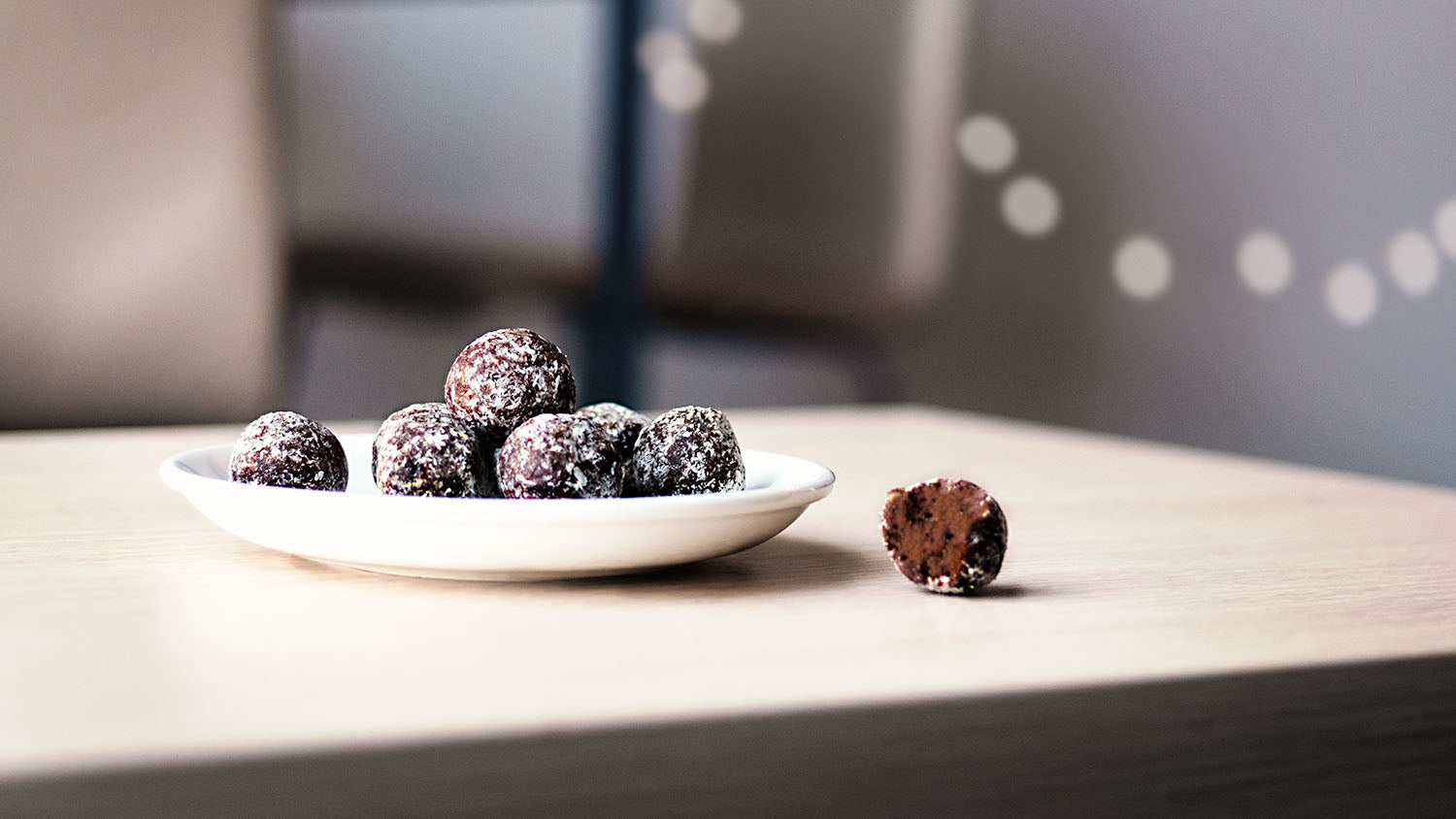If you’re a user of our joint health product Pro-d, you’ve probably noticed the presence of an ingredient called hyaluronic acid. That hyaluronic acid is not just a minor supporting ingredient, it is a very big deal!
Hyaluronic acid is a versatile natural substance, discovered way back in 1934, that is present in the extracellular matrix (ECM) of our connective tissues, but most especially in the eyes, joints and heart valves. Chemically, it is a glycosaminoglycan, composed of repeating units of glucuronic acid and n-acetylglucosamine.
The purpose of hyaluronic acid is to provide a cushioning and lubricating action through its ability to bind water and it also has an antioxidant and anti-inflammatory effect. Most hyaluronic acid in the body can be found in the epidermis and to a lesser degree, the dermis of our skin. But, the highest concentration of Hyaluronic acid is found inside our joints where it comprises around 3.5mg per ml of our synovial fluid (the fluid inside our joints). It functions to lubricate the joint and control the viscosity of the synovial fluid and creates a resilient sponginess by changing shape under pressure. Studies have shown that the molecular weight of hyaluronic acid is lower in unhealthy joints compared to healthy ones due to becoming degraded by oxidative or enzymatic processes. With the correct amount of Hyaluronic Acid in the synovial fluid, joints should move with zero friction. Does that sound like your knees?
Hyaluronic Acid is used in a number of biomedical applications including hydrogels, viscosupplementation (injection into the joint), targeted drug and gene therapy delivery, but it also works very well as an oral supplement. It is absorbed through being first broken down into small polysaccharides by gut bacteria then absorbed in the small intestine. After absorption, studies using radioactively labeled Hyaluronic Acid fragments show that small fragments migrate to and accumulate in joints and other tissues. Larger fragments bind to a receptor known as TLR-4, which triggers an anti-inflammatory process.
There are a large number of Randomised Placebo Controlled Studies showing the effectiveness of oral Hyaluronic Acid in improving joint mechanics, swelling (synovial effusion) and perception of joint pain, particularly in the knees. After reading a lot of this research, we included a premium hyaluronic acid isolated from the bacterial species S. zoopidemicus in Pro-d at an efficacious dose of 150mg: this is on the high end of what is used in research. If you’re looking for something to help your creaky knees, don’t forget about hyaluronic acid. It might be what’s been missing in your joint health regime!
References
Advances in Food and Nutrition Research, Volume 72, p. 137-175
Oe et al. Nutrition Journal (2016) 15:11








